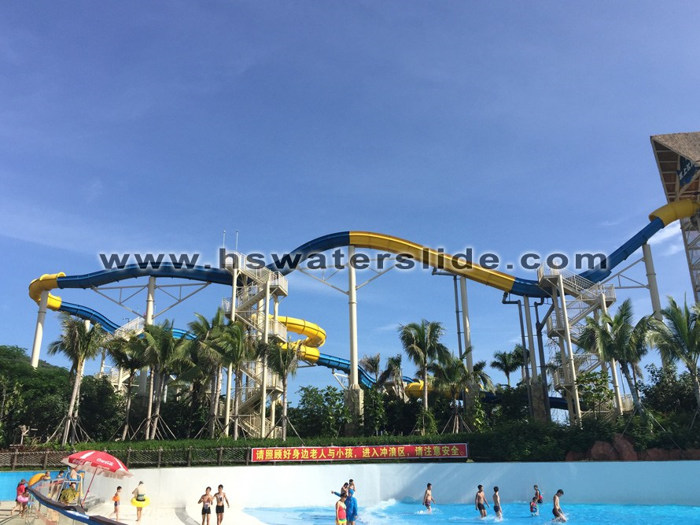After knowing these rules, we will have a
way to manage the tourists. There are many ways to manage tourists. Now there
are new technologies, including GPS, smart bracelets and smart tickets. For example,
the FP reservation system used by Disneyland can effectively guide tourists.
The parades in the park can actually bring tourists from densely populated
areas to less crowded places. In a sense, the layout of restaurants, toilets
and the distribution of roller coasters in the park can also guide tourists to
flow Different distribution in space, this is in the design.
But for many theme park(water park)s, its
design is relatively hard. We have some parks in the design of all large, very
attractive roller coasters are all concentrated in one area, such areas in fact
in the late management of tourists with great risk. So what can be done to
reduce these aspects? For example, in areas where tourists are relatively
dense, it is necessary to shorten the playing time of some equipment, extend
the waiting area or take customers away with other deductive activities.
There are many capacity management
strategies for building water park, such as opening up new scenic spots and
opening up new scenic spots. However, paying attention to each new measure is a
double-edged sword. For example, the addition of new attractions may lead to a
longer stay in the tourist season, which may aggravate the degree of congestion
of tourists. Therefore, which measure should be tested when using a specific
scenic spot is related to the special situation of the scenic spot. It does not
mean that this method can reduce the tourist capacity in other scenic spots,
but also in your scenic spot. Each measure is a double-edged sword. It may be
more serious, or it may be simpler. It needs specific experiments.









.webp)


